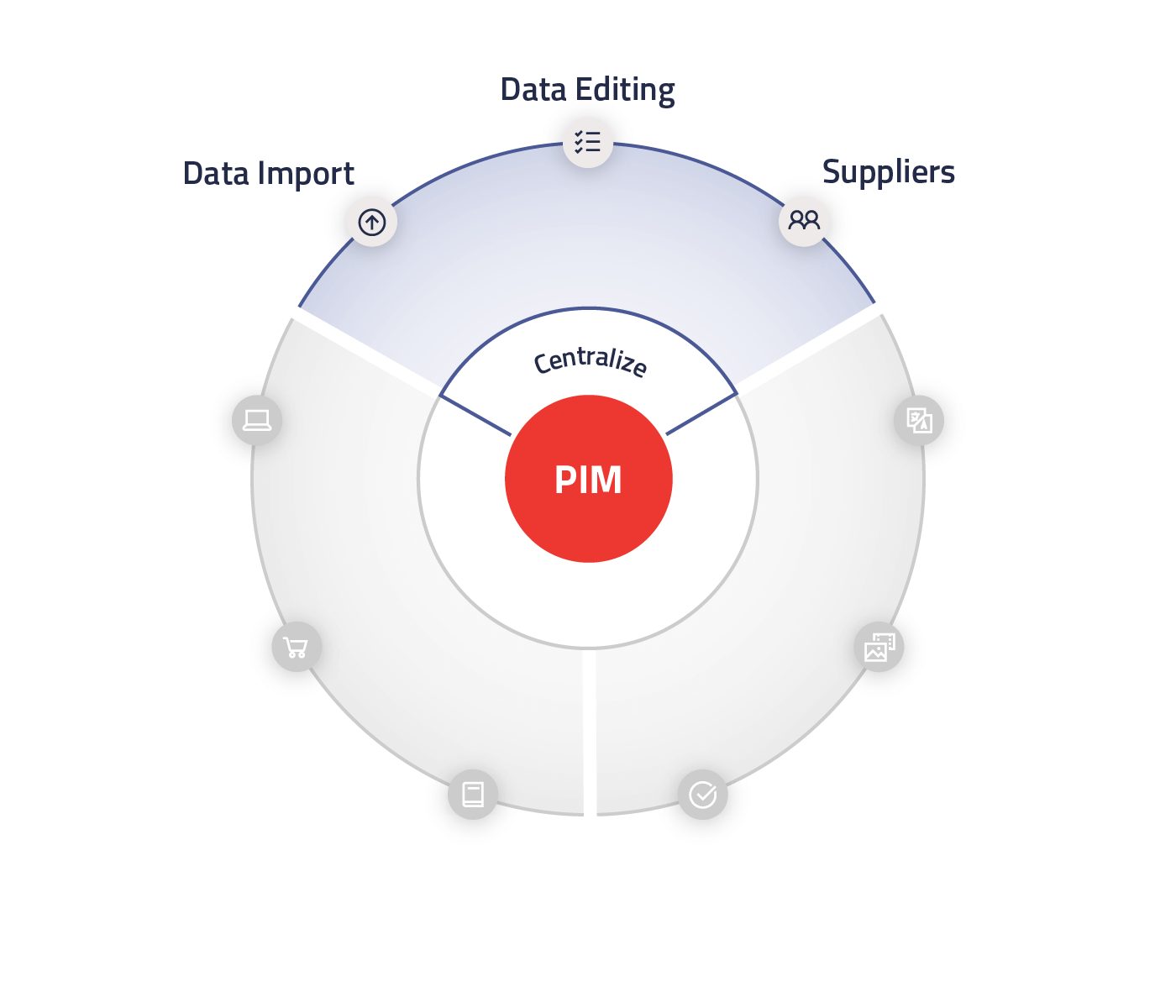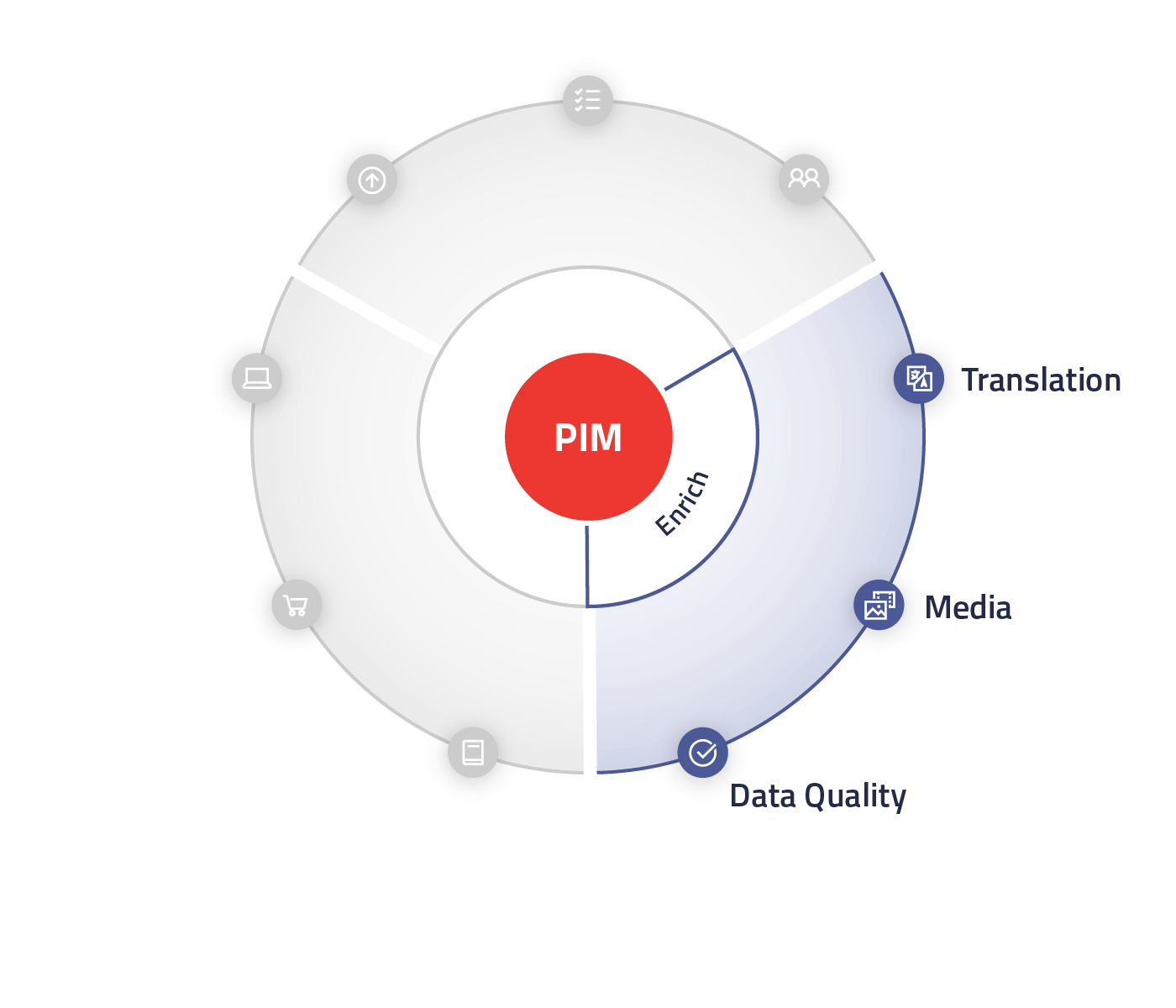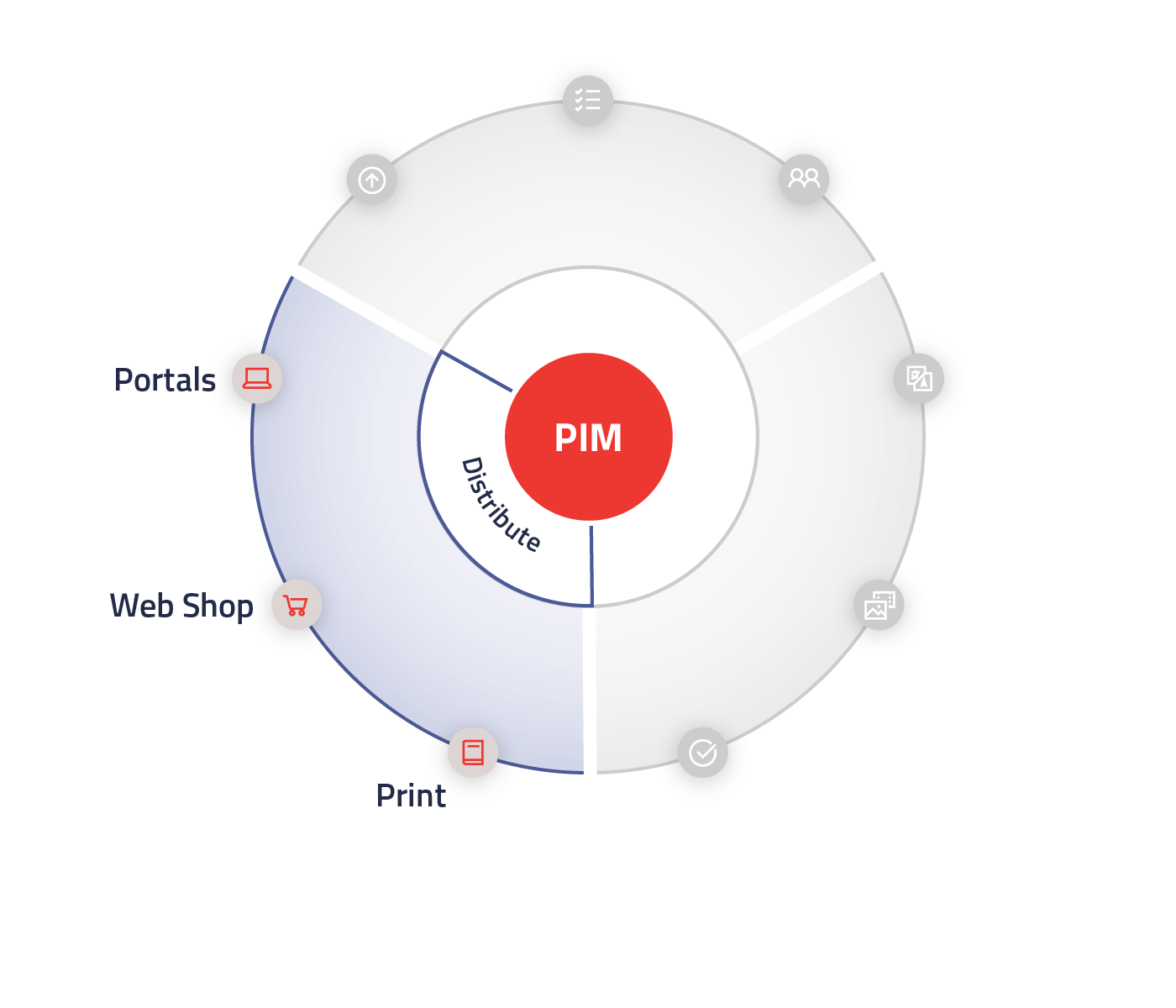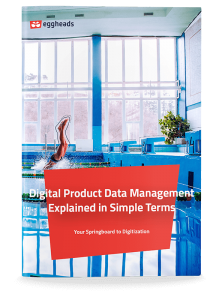PIM Demo – The Highlights of eggheads Suite
You want to optimize your product data processes and you’re searching for an efficient PIM system? If so, then we’re hereby warmly inviting you to an exciting live demo where we’ll present to you the diverse range of functions our first-class PIM software has to offer. Don’t miss out on this opportunity and make an appointment with us as early as today.
Contact Form: PIM Demo
7 Definite Advantages of a PIM-System
PIM systems are all the talk. However, what concrete advantages do they bring to your company? How can you use these top-performing tools profitably? Join us for a deep dive into the world of PIM software and discover how your company can exhaust the full potential of all available features.
Blogpost: PIM System
Indispensable PIM Functions You Should Know About
In this informative blog entry, we present to you the most important functions and requirements of a PIM software. Learn how a well-configured PIM can help you improve your product data processes and elevate customer experience to the next level. Spare a moment and read on to gain valuable insights.
Blogpost: PIM Functions
PIM and AI: New Possibilities for Data-Driven Product Management
Welcome to Industry 4.0: Discover the potential of AI in combination with PIM. In this article, Eric Dreyer takes a look at the latest developments in AI and PIM and shows how this opens up new horizons for data-driven product information management. Read more!
Blogpost: PIM & AI
PIM and ERP: The Dream Combination for Smooth Processes
Imagine that channel-specific and target-group-oriented product communication became reality for your company. Doesn’t this sound like a dream? In this blog entry, you learn how you can realize this dream yourself with the use of a PIM and ERP system in virtually no time. We let you in on how to optimize your business processes and address your target groups in an individualized manner.
Blogpost: PIM & ERP
PIM and DAM: The Success Factors for Your Business
PIM and DAM, two high-performance tools offering a host of benefits for your company. Do you want to know the positive impact a combination of these two systems can have on your business processes? Then you should read this blogpost.
Blogpost: PIM & DAM
PIM and SEO – Dream Team for Successful Websites
Do you want to improve your search engine ranking and, at the same time, alleviate pressure from your co-workers? Then, you shouldn’t miss out on this blog entry. Here, we tell you how a PIM system can make a substantial contribution even to Search Engine Optimization. Learn which effective strategies and functions will boost your online presence and brand visibility, on top of addressing potential interest groups and customers in a targeted manner. Enjoy the read!
Blogpost: PIM & SEO
5 PIM Providers in Comparison
You stand before the challenge of finding the right PIM system for you company? No worries, we help you in the decision-making process. In this blog entry, we present to you five different PIM providers, each satisfying a different set of requirements. Find out which provider best suits your needs – with this article, you’ll be well equipped when it comes to making the right choice.
Blogpost: PIM Providers
6 Expert Tips for Your Successful PIM Selection
The selection of the right PIM system lays the foundation for a successful digitization of your product data processes. However, there’s quite a lot to look out for during the decision-making process. Here, too, we support you in the process! In this blog entry, we give you valuable tips so that you’ll be well-informed for the selection procedure. Get to know what you’ll need to look out for and how you can find the optimal provider for your individual requirements.
Blogpost: PIM Selection
Departure to the Cloud: SaaS PIM as the Key to Digital Product Data Management
SaaS PIM: efficient, scalable, and flexible. Learn in this blog entry how to optimize product data processes, improve your data quality, and boost your sales – without a high initial investment. Read now and get to know everything about cloud-based PIM solutions!
Blogpost: SaaS PIM
Fast PIM Implementation – This Is How It’s Done
You want to introduce a PIM software in your company but are uncertain about how this can be realized fast and free of error? This is what we’ll let you in on in this blog entry. Learn what you ought to look out for and what steps you have to undertake to overcome potential obstacles. Read on here and prepare for a successful start into the world of PIM.
Blogpost: Fast PIM Implementation
Turn Your PIM Implementation into a Success
Before a company commits to a PIM implementation, there are some questions for which they should have definite answers mapped out: Should the implementation be a full-service project or DIY? What are the advantages and disadvantages of these two approaches? Are there, perhaps, promising alternatives? In this blog entry, we give you the answers to these questions. Gain knowledge of what method fits your individual requirements best – together with the changes and risks connected to it.
Blogpost: PIM Implementation
Headless PIM – Mindless of Smart?
Learn in this blog entry what the “headless trend“ means for your product communication and how you can profit from a headless PIM. Our product expert Eric Dreyer explains the benefits of this innovative technology in an intuitive and practice-oriented manner with exciting use-case scenarios. Don’t miss these valuable insights and always stay streets ahead in the digital world of product management.
Blogpost: Headless PIM
What is MDM?
Discover the world of Master Data Management, also known as MDM. In this informative article, you will learn the potential behind this concept and how companies of all sizes utilize it to secure the consistency and quality of their extensive and crucial data. Read now and transform yourself into a MDM expert.
Website: What is MDM?
What is PXM?
What is hiding behind the concept of Product Experience Management, in short PXM? Find out in this article. We demonstrate to you how PXM enables a product-centered design for costumer experience. Read now and discover the advantages of PXM for both your company and your customers.
Website: What is PXM?







